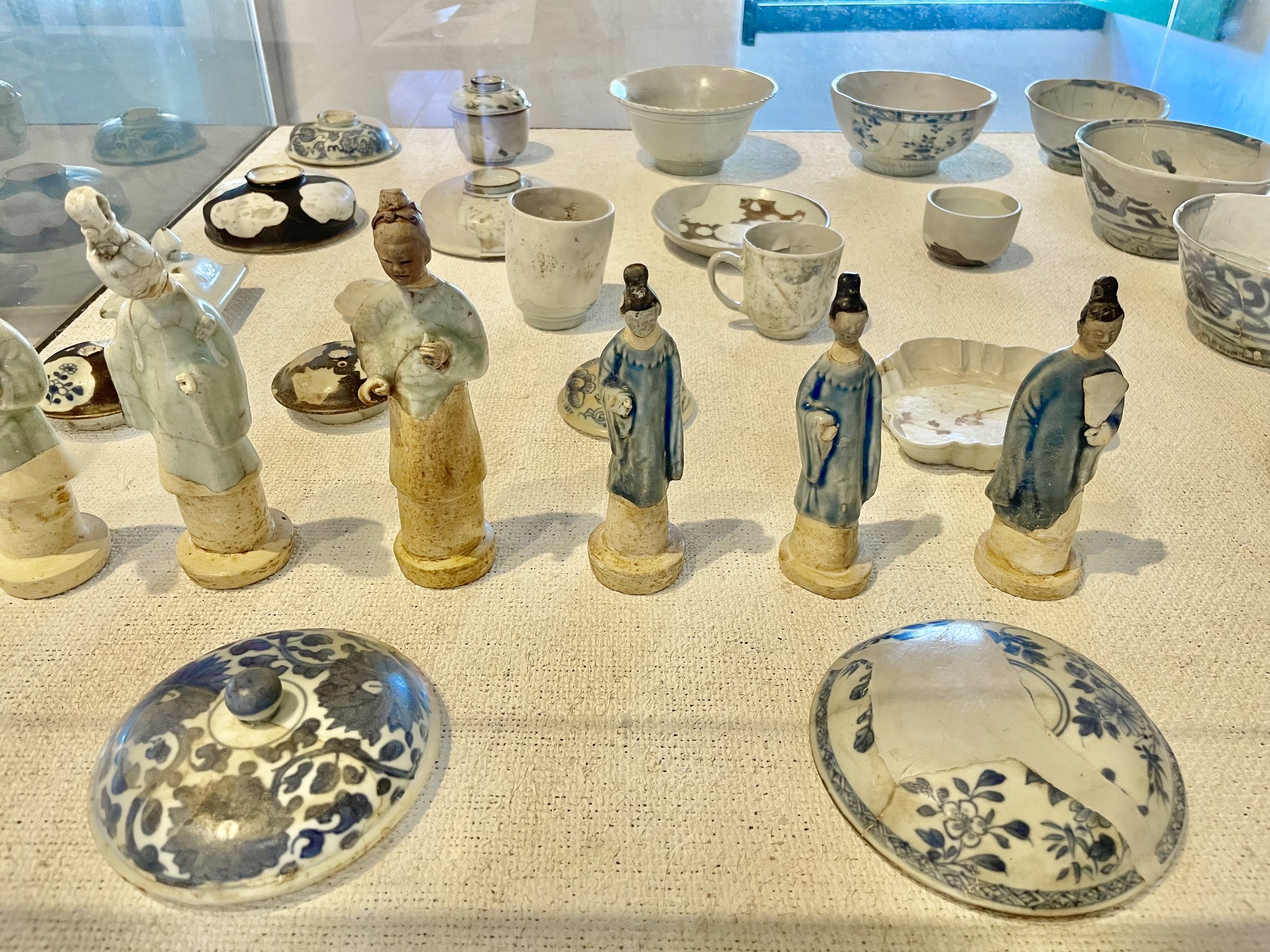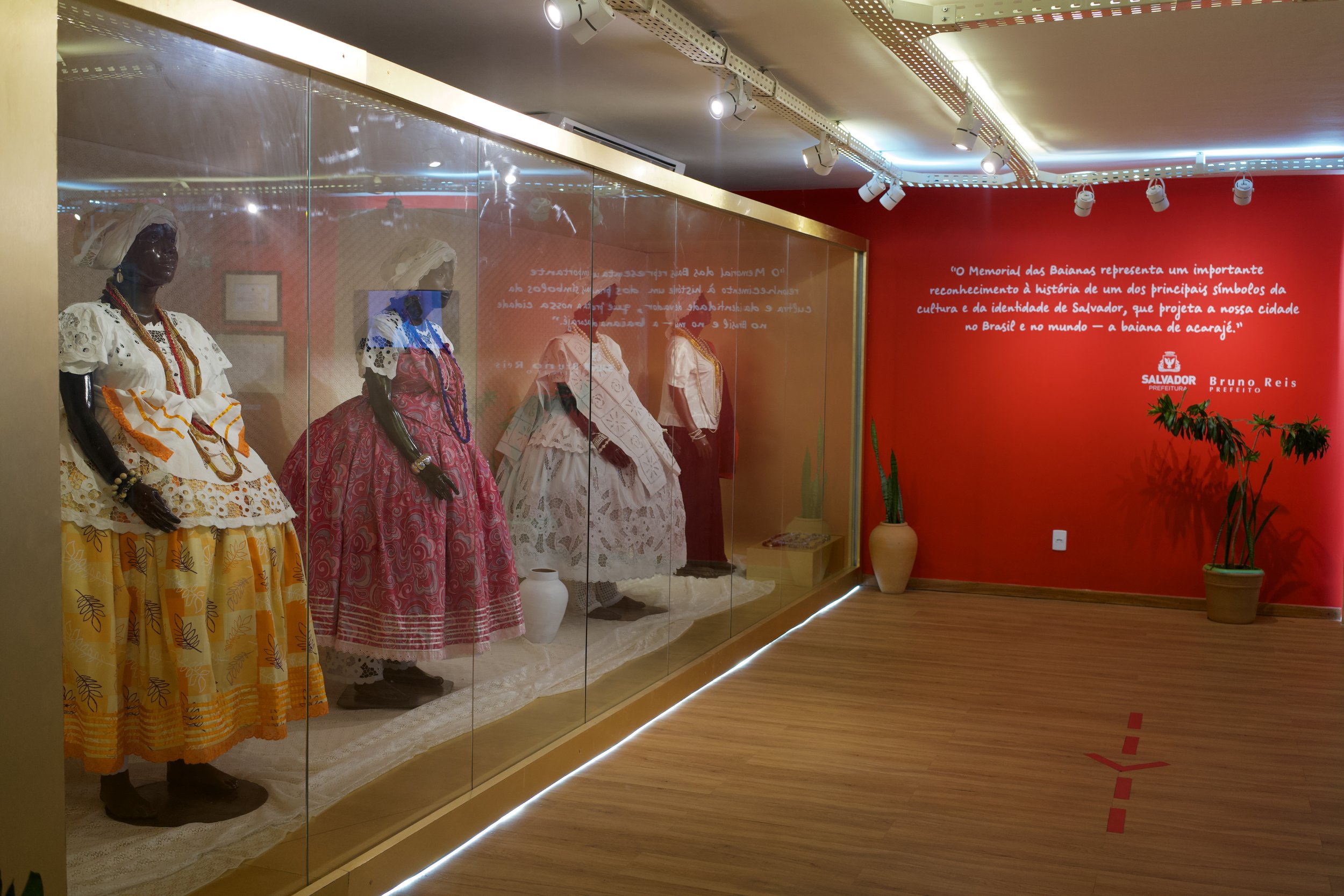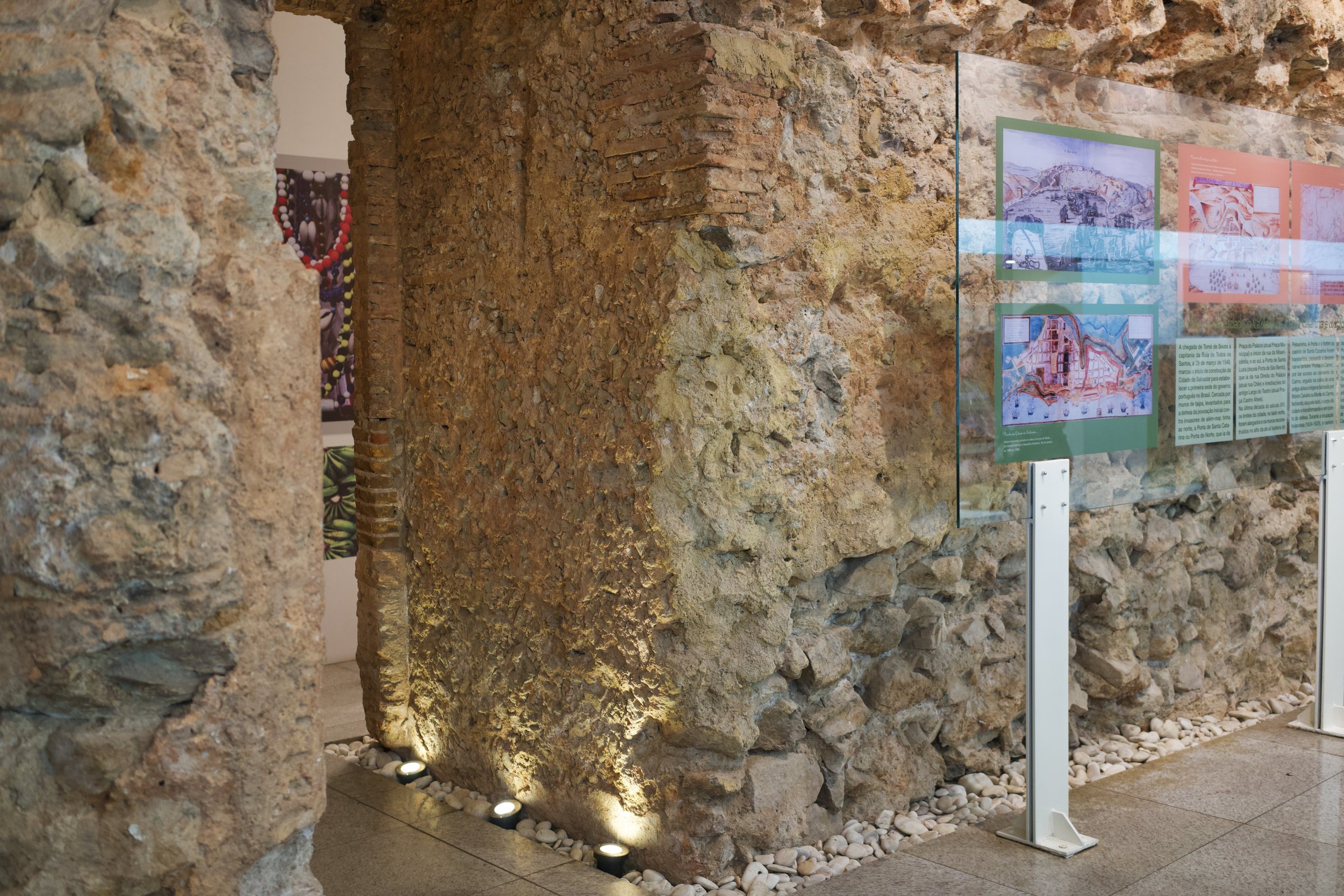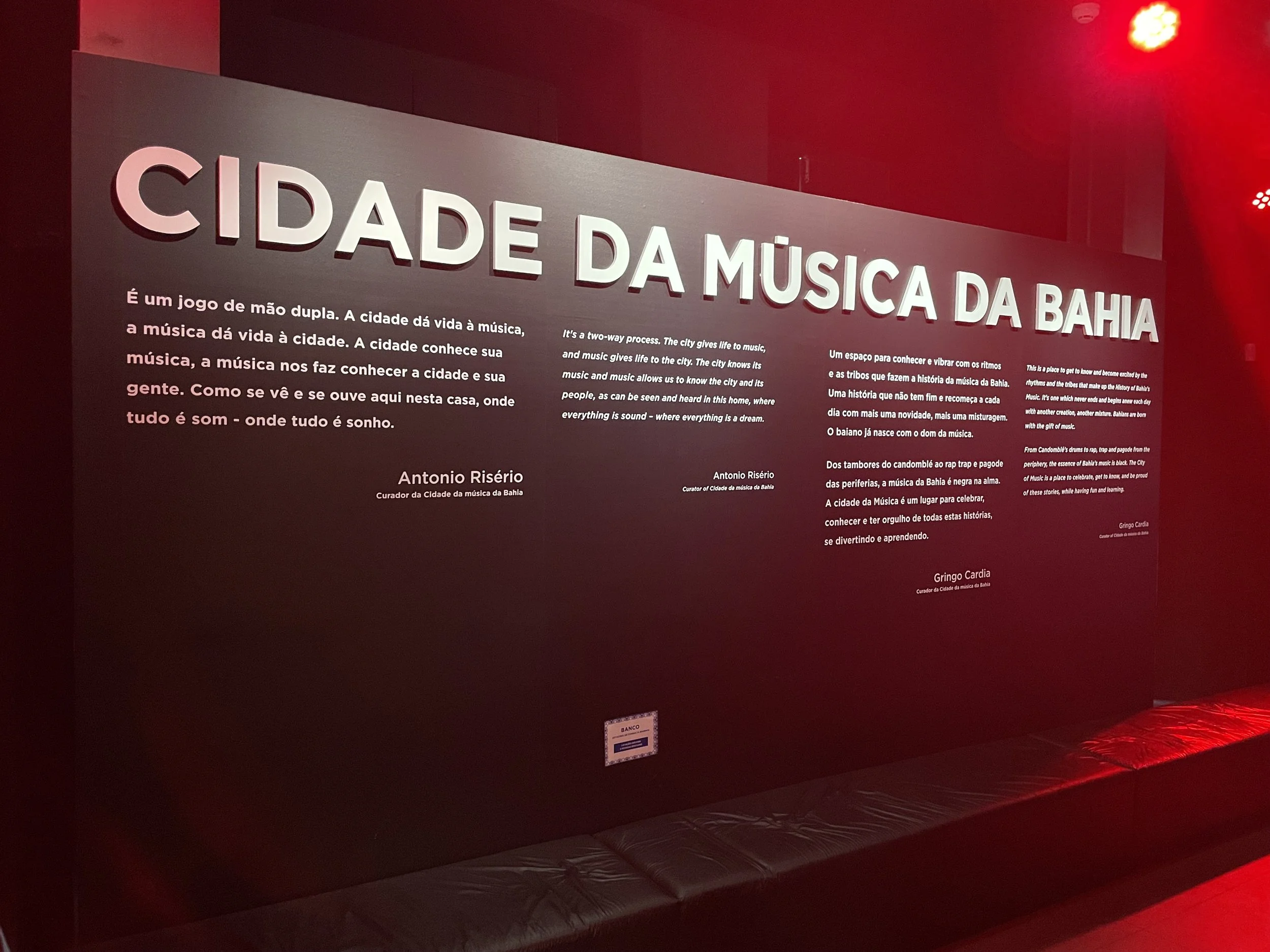The Best Salvador Museums
The oldest city in Brazil, Salvador was founded by Tomé de Sousa from Portugal on March 29, 1549. It has been immensely wealthy since slavery started in the 1530s, even before the city was officially founded.
Of all the museums and places I went in Salvador, my favorite place for history was the nautical museum housed in the Barra lighthouse: https://www.museunauticodabahia.org.br If you don’t have time for a whole museum, at least go climb up the lighthouse to see the view of the city. You can also eat at the café, which is at the foot of the lighthouse and features expansive views of the Atlantic Ocean.
Most of the museum is what you would expect: nautical instruments, history of nautical battles for the city and artifacts rescued from shipwrecks. Mixed in with the nautical history are tidbits that tell you much more about the general history and cultural foundations of the city. It also documents the slave trade, which was one of the biggest sources of wealth for Salvador.
Slaves for sale or rent
This newspaper clipping from the “Correio Mercantile” in 1846 shows another side of the horrors of slavery: how coldly people were described as objects. I had never heard of the practice of renting slaves, but apparently it was quite common in the city. Many women who made acarajé were rented slaves.
Salvador’s role in slavery
The nautical museum doesn’t gloss over the cruelties of slavery and the importance that it played in the foundation of the city. There is also model of a slave ship that shows just how inhumanely people were crammed in the wooden ships.
All exhibits in the museum are fully translated into English.
Shipwrecked Santíssimo Sacramento
The artifacts rescued in 1976 from a shipwreck near the city show how much wealth was amassed during slavery. Fine ceramics from China and other luxury goods attest to the wealth of the city’s Portuguese residents.
Memorial das Baianas do Acarajé
The Roots of Bahia’s Culture
There is nothing more symbolic of Salvador da Bahia than the Baiana and the acarajé that she makes. This tiny museum is next to the Fallen Cross in Pelourinho and an absolute must if you want to understand local culture.
Good Luck Charms
One of the most important part of a Baiana’s outfit was a collection of charms that she wore attached to her waist. The hand with a thumb clasped between the first and second finger was a symbol of protection that one would be wise to not leave home without.
Museu da Gastronomia Bahiana
Brazil’s Fabulous Cuisine
The creative mix of African, European and South American cuisines and ingredients gives Brazilian cuisine an entirely different flavor that what you find in the rest of South America.
Homage to African Cuisines
Without its Africa roots, Bahian cuisine just wouldn’t be Bahian. The palm oil that tints everything red and the way foods are prepared in Salvador owes so much to the African cuisine that slaves brought with them.
Salvador’s Old City Wall
While I was in the museum, several people from Salvador came in just to see the wall that’s preserved inside. Salvador’s city wall dates from the 1500s and this section is the best preserved anywhere.
A Cidade da Música da Bahia
The City of Music of Bahia
This was absolutely my favorite museum, though it’s hard to call it a museum. It was so large it felt like a city in and of itself. The main parts celebrate the different neighborhoods of the city of Salvador and the many musicians that come from each neighborhood.
Percussion Workshops and Karaoke
The City of Music of Bahia is interactive and fun. From the percussion workshops to the karaoke rooms, everything at the City of Music is designed for visitors to interact with music.











